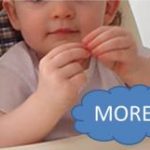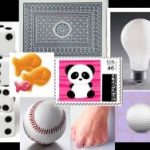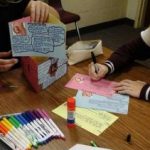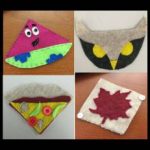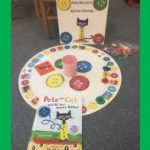
Need quick cooking recipes for your foods labs or dinner at home on a busy night? I know I do! That’s why I teach about stir-fry cooking! Not only is stir-fry cooking quick and easy, but it’s nutritious, colorful and fairly easy to clean up. So, after students investigate some basics of stir-fry cookery, they get to spin themselves a unique recipe for the class to sample. Try spinning yourself a stir-fry. Who knows, you might just find a new favorite, easy-to-go-to dinner!

